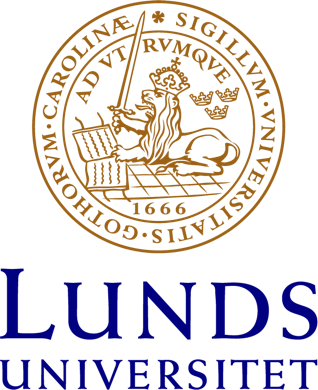Creativity in Linguistic Metaphor
In the last decade the metaphor in language has received prominent attention from researchers involved with metaphor. In spite of this fact, too little attention has been paid to the creative dimension of the linguistic metaphor.
In the paper presented at the “UCLA Conference on Causality and Linguistic Change” in 1982 in Los Angeles and provocatively entitled Linguistic change does not exist, E. Coseriu relates the phenomenon of creativity in language to the general problem of linguistic change: “What is interpreted as <linguistic change> is not a process of change in language products (a does not become e!) but rather the creation of language traditions, the historical objectivization of what has been produced in speaking; that is to say nothing other than language as it is being created” (Coseriu 1982: 54). Although Coseriu does not refer in his paper specifically to metaphor, his saying could be applied also to linguistic metaphor as well. Using Coseriu’s distinctions between the four phases of the process of “linguistic change” (adoption, diffusion, selection and mutation) and his methodological distinction between levels and points of view of language, I will argue that linguistic metaphor is considered within cognitive linguistics most of the time from the historical given point of view or from the viewpoint of linguistic products and is located either on the historical or the individual level in Coseriu’s matrix. This way of doing things increases however our knowledge about aspects of metaphor in language, but says nothing about its creative dimension. Since metaphor “is pervasive in our everyday life” (Lakoff & Johnsosn 2003 [1980]: 3) and it is also “the exhaustless source for the enrichment and the growth of the lexical thesaurus of language” (Puscariu 1940: 120) the research on metaphorical creativity should become central in our linguistic metaphor analyses.
In my opinion, the study of creativity in metaphor should start from an understanding of metaphor in language as a form of innovation by a certain speaker in discourse (performance) and the level where creativity could be better grasped is the universal level of language.
References:
Coseriu, E. (1983). Linguistic Change Does not Exist. Linguistica nuova ed antica (Galatina), I: 51-63.
Coseriu, E. (1985). Linguistic competence: What is it really? The Modern Language Review, 80(4): XXV-XXXV.
Lakoff, G. & Johnson, M. (2003 [1980]). Metaphors we Live By. Chicago: The University of Chicago Press.
Pușcariu, S. (1940). Limba română. Vol. I: Privire generală. București: Fundația pentru literatură și artă „Regele Carol II”.
